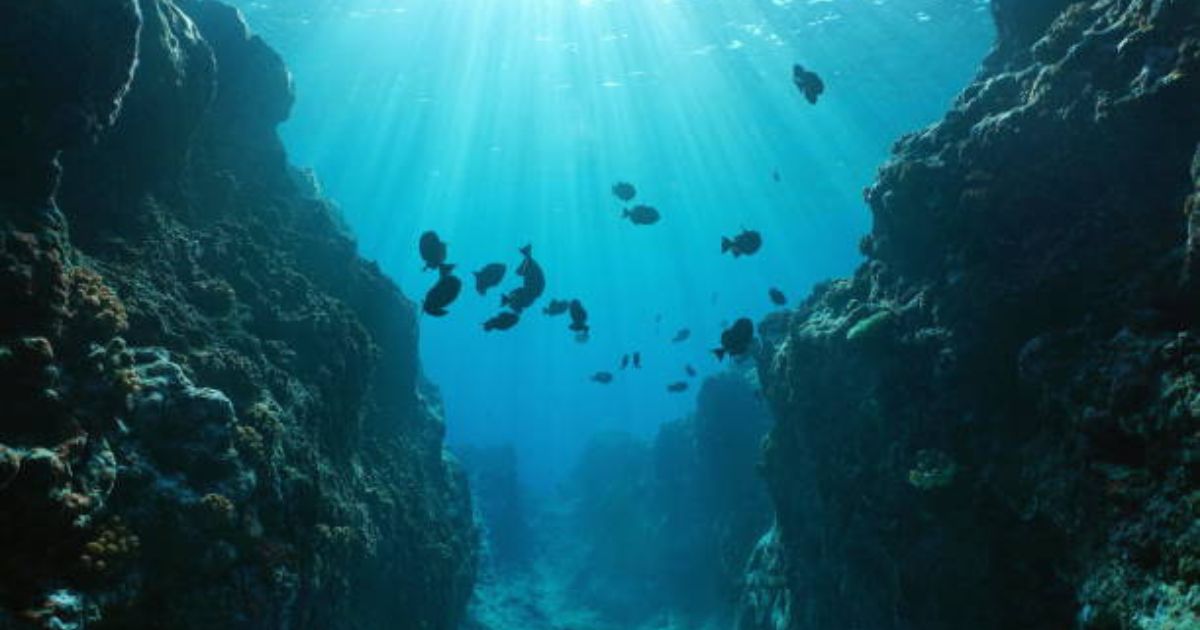The Mariana Trench, the deepest place on Earth, plunges nearly 11,000 meters at its lowest point on the floor of the Pacific Ocean. Life persists in the deep and cold darkness, and “wherever there’s life, you can bet there are regulators at work,” said marine virologist Min Wang, Ph.D., at the Ocean University of China, in Qingdao. “Viruses, in this case.”
Published in Microbiology Spectrum, Wang and an international group of researchers report the discovery of a new virus isolated from sediment brought up from a depth of 8,900 meters. The virus is a bacteriophage, or a virus that infects and replicates inside bacteria, and bacteriophages are believed to be the most abundant life forms on the planet. “To our best knowledge, this is the deepest known isolated phage in the global ocean,” said Wang.
The newly found phage infects bacteria in the phylum Halomonas, which are often found in sediments from the deep seas and from hydrothermal vents, geyser-like openings on the seafloor that release streams of heated water. Wang said the group’s analysis of the viral genetic material points to existence of a previously unknown viral family in the deep ocean, as well as new insights into the diversity, evolution and genomic features of deep-sea phages and phage-host interactions.
In previous work, the researchers have used metagenomic analysis to study viruses that infect bacteria in the order Oceanospirallales, which includes Halomonas. For the new study, Wang’s team looked for viruses in bacterial strains collected and isolated by a team led by marine virologist Yu-Zhong Zhang, Ph.D., also at the Ocean University of China, in Qingdao. Zhang’s research explores microbial life in extreme environments, including polar regions and the Mariana Trench.
The genomic analysis of the new virus, identified as vB_HmeY_H4907, suggests that it is distributed widely in the ocean and has a similar structure to its host. Wang said the study points to new questions and research areas focused on the survival strategies of viruses in harsh, secluded environments—and how they co-evolve with their hosts. The new virus is lysogenic, which means it invades and replicates inside its host, but usually without killing the bacterial cell. As the cell divides, the viral genetic material is also copied and passed on.
In future studies, Wang said, the group plans to investigate the molecular machinery that drives interactions between deep-sea viruses and their hosts. They’re also searching for other new viruses in extreme places, “which would contribute to broadening our comprehension of the virosphere,” Wang said. “Extreme environments offer optimal prospects for unearthing novel viruses.”



